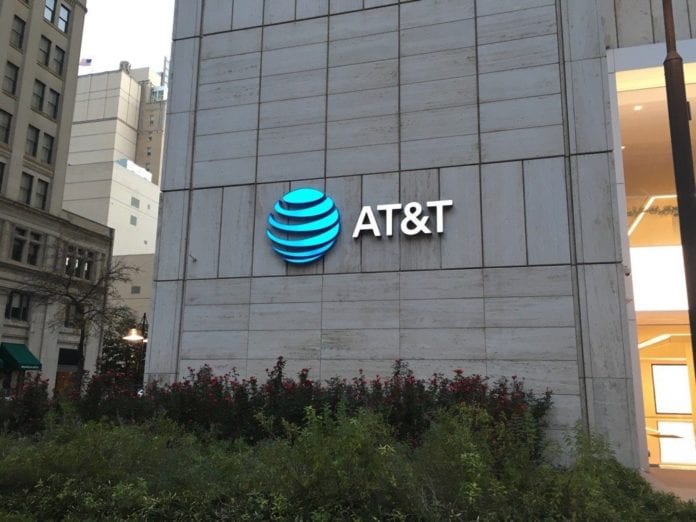New television service and ad platform come from AT&T mega-merger
Last week the U.S. Department of Justice lost its bid to block AT&T’s $85 billion merger with Time Warner. That hurdle cleared, what’s next for the combined service provider and content producer? AT&T Chairman and CEO Randall Stephenson provided some insights in a recent interview with CNBC.
At a high-level, the focus will be to leverage AT&T’s user base, which also encompasses DirecTV, to expand the distribution of Time Warner content, including brands including CNN, HBO, Warner Brothers Studios and Turner Broadcasting System. Stephenson said the new product will be called AT&T Watch TV.
“This is a very, very skinny bundle that every single one of our mobile customers will get,” Stephenson said. “It will be the Turner content. It will not have sports. It will be entertainment centered. And it will be, if you’re an AT&T unlimited customer, it will be free or you can buy it for $15 a month on any platform…Those are the kinds of things we are going to bring to market.”
Although he didn’t provide much detail, Stephenson said the combined company will also launch a new advertising platform potentially augmented by more acquisitions. “You should expect some smaller, not like Time Warner, but some smaller M&A in the coming weeks to demonstrate our commitment to that.”
Stephenson noted the importance of fostering cultural integration between the companies, and allowing the content side to retain “creative capability,” while still leveraging synergies, particularly as it relates to developing an advertising-related value proposition.
“This is a business we’re buying that is all about creativity and talent and how can we ensure that we don’t disrupt of interfere with that creative capability,” he told CNBC. Referring to WarnerMedia (the company’s new name) CEO John Stankey, Stephenson said, “This is going to be one of his challenges—how do you preserve that creative culture [so] we feel good about it. We’re going to run these businesses fairly independently, but there are things we need to do where we create value together.”
DoJ attorneys contended the merger would reduce competition in the increasingly consolidated service provider/content producer landscape. However, that runs counter to decades of precedence related to vertical mergers. Industry watchers are now contemplating whether the ruling will set the stage for more M&A activities.
Seeking Alpha’s Dmitry Khaykin expects more media and health care tie ups, which is particularly prescient given that Comcast and Disney are currently duking it out to pick up Rupert Murdoch’s Fox. Khaykin wrote, “One major implication is that, given vertical mergers have historically not been challenged, and the government chose to challenge this one and failed, it will probably be a long time before the government chooses to challenge another vertical merger, which involves companies in related industries which are different parts of the value chain and do not compete with each other.”

